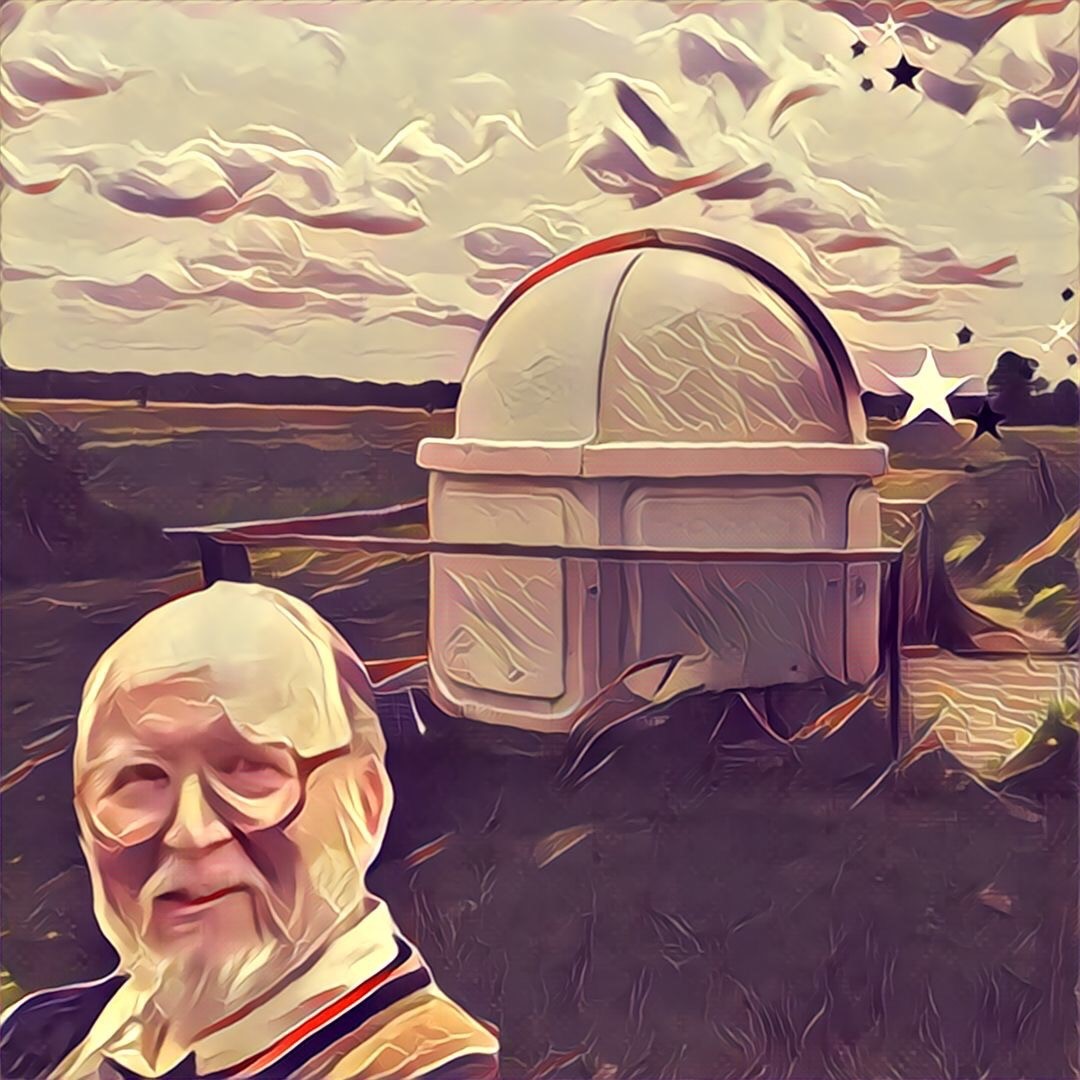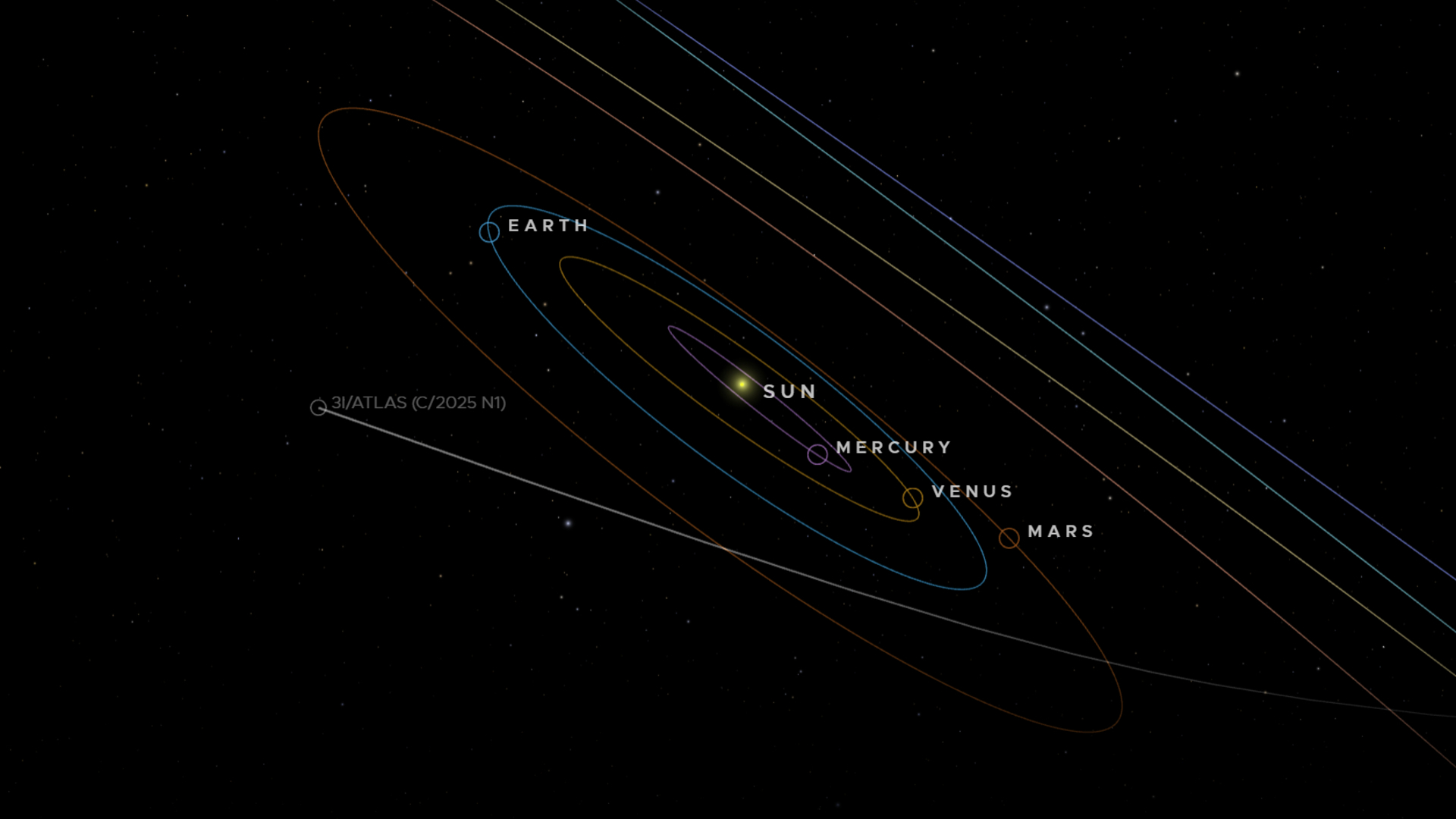Explore the 6-day-old Moon
For the next couple of evenings the moon will be perfectlyplaced in the evening sky. This is a great time to become familiar with some ofthe moon?s most interesting features.
First of all, you may notice that the moon looks a bitpeculiar tonight. For observers in the Northern Hemisphere, the lit part of themoon will be at the bottom, rather than at the side where you might expect tosee it. There is nothing unusual about this: it?s simply the result f theposition of the moon relative to the sun. The sun is below the horizon andalmost directly below the moon, from our point of view, so the spherical shapeof the moon appears to be lit from below.
The moon is just shy of first quarter, six days past newmoon. Features along the moon?s terminator, the dividing line between lunardaylight and shadow, are shown in high relief by the low angle of sunlight.
The first things to notice, visible even to the naked eye,are the three dark gray plains, called ?maria? (Latin for ?seas?) on the moon.These are the Mare Serenitatis (Sea of Serenity), Mare Tranquillitatis (Sea ofTranquility), and Mare Fecunditatis (Sea of Fecundity). These rather fancifulnames date from the 17th century, when these barren airless plainswere still thought to be seas of liquid water.
The Mare Tranquillitatis is best known as the landing placeof the Apollo 11, the first manned spaceship to reach the moon on 1969 July 20.Astronauts Neil Armstrong and Buzz Aldrin explored the area around theirlanding spot while their colleague Michael Collins remained in orbit above.
All three men are commemorated by three small craters closeto their landing spot. These and the other craters named for the Apolloastronauts are the only craters on the moon named after living persons. Ittakes a good map and a moderately large telescope to spot these three tinycraters, all less than 3 miles (5 km) in diameter.
Even the smallest telescope will reveal hundreds of largecraters on the moon. At this time of the month, one of the largest isPosidonius, a huge ring plain on the north ?shore? of the Mare Serenitatis.Named after a Greek astronomer who lived about 100 BC, it is 59 miles (95 km)in diameter and has a floor filled with smaller craters, mountain ridges, andrilles (collapsed lava tubes).
Breaking space news, the latest updates on rocket launches, skywatching events and more!
At the south end of the Mare Tranquillitatis is a set ofthree overlapping craters: Theophilus, Cyrillus, and Catharina. All three arenamed after people associated with the Egyptian city of Alexandria.
Theophilus and Cyrillus were successive bishops ofAlexandria, and Catharina was Saint Catherine of Alexandria, the patron saintof Christian philosophers. All three craters are 60 miles (100 km) in diameterand show a variety of different characteristics in a telescope. By studyingtheir overlapping walls, it?s possible to reconstruct the history of thisregion.
This article was provided to SPACE.com by Starry Night Education, theleader in space science curriculum solutions.

Geoff Gaherty was Space.com's Night Sky columnist and in partnership with Starry Night software and a dedicated amateur astronomer who sought to share the wonders of the night sky with the world. Based in Canada, Geoff studied mathematics and physics at McGill University and earned a Ph.D. in anthropology from the University of Toronto, all while pursuing a passion for the night sky and serving as an astronomy communicator. He credited a partial solar eclipse observed in 1946 (at age 5) and his 1957 sighting of the Comet Arend-Roland as a teenager for sparking his interest in amateur astronomy. In 2008, Geoff won the Chant Medal from the Royal Astronomical Society of Canada, an award given to a Canadian amateur astronomer in recognition of their lifetime achievements. Sadly, Geoff passed away July 7, 2016 due to complications from a kidney transplant, but his legacy continues at Starry Night.
